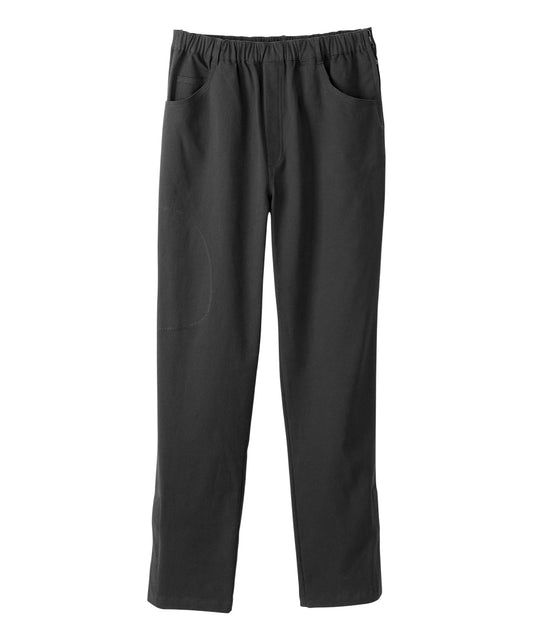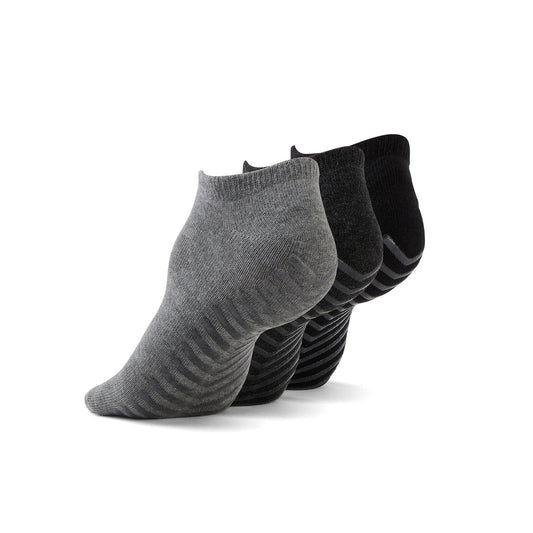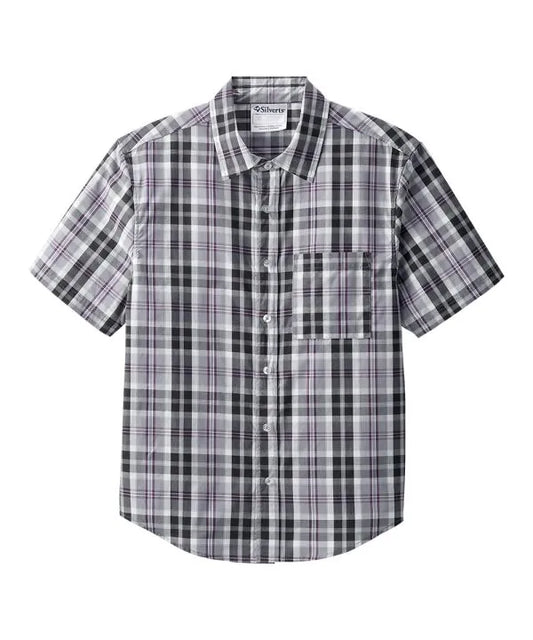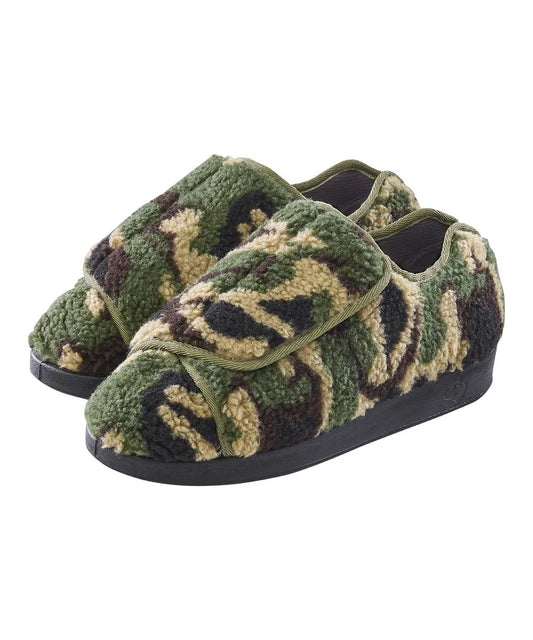Written by Alisa Matsushita-Bomba & reviewed by Nicole Fernandes
A bedridden patient is an individual who cannot get out of bed for physical or medical reasons. This could be due to a chronic illness, an injury, or old age. To avoid complications and maintain their health and quality of life, bedridden patients require specialized care.
Preventing pressure ulcers, also known as bedsores, is one of the most important considerations for bedridden patients. Pressure ulcers develop when a patient remains in one position for an extended period, causing the skin and underlying tissue to break down. This can result in serious complications like infections and sepsis.
There are ways to prevent these pressure ulcers from forming. These are some tips for avoiding this painful condition:
Reposition the individual frequently
Bedridden patients should be moved at least every two hours to reduce pressure on bony areas including the hips, heels, and shoulders. This can be done manually or by using special beds or mattresses that can change the patient's position automatically.
Keep the skin clean and dry
Bedridden patients should be bathed frequently, and their skin should be kept dry to avoid moisture buildup and skin breakdown. The moisture can make it easier for the ulcers to form.
Use special cushions and support surfaces
Special cushions and support surfaces, such as pressure-relieving mattresses, can help distribute pressure more equally across the body and reduce the risk of ulcers caused by pressure.
Monitor for signs of skin breakdown
Caregivers should closely examine the patient's skin for any signs of redness or skin breakdown especially in high-risk areas such as the hips, heels, and shoulders.
In addition to preventing pressure ulcers, caregivers of bedridden patients should also take steps to prevent other complications, such as infections, constipation, and muscle weakness. This can be done by maintaining good hygiene, eating a proper diet that provides adequate nutrients to maintain health, and getting social and emotional support from loved ones.
Bedridden individuals can benefit from adaptive clothing because it improves their comfort and quality of life. Bedridden patients often experience limited mobility and may require assistance with dressing and changing. Adaptive clothing is intended to make dressing easier and more comfortable for people with disabilities, while at the same time encouraging dignity and autonomy.
Here are some ways adaptive clothing can benefit bedridden patients:
Easy dressing
Adaptive clothing is specifically designed to cater to the unique needs of bedridden patients, offering a range of features that make dressing and undressing easier and more convenient. This specialized clothing goes beyond conventional garments by incorporating innovative design elements that enhance the comfort, functionality, and overall well-being of the patient.
One of the key advantages of adaptive clothing is its ability to simplify the dressing process for both patients and caregivers. For instance, certain adaptive garments are equipped with open backs or Velcro closures, allowing caregivers to dress the patient without the need for excessive lifting or disruptive movements. This not only minimizes discomfort and potential strain on the patient's body but also streamlines the dressing routine, saving valuable time and energy.
For example, this men’s nightgown with a back overlap has a full back overlap with two snaps at each shoulder, avoiding pressure points when sitting or reclining. The back overlap design provides complete comfort and discretion, unlike traditional tie-back hospital nightgowns.

Men's Nightgown with Back Overlap
Comfort
Bedridden patients spend a significant amount of time in bed, emphasizing the need for clothing that prioritizes comfort and minimizes irritation or discomfort. Adaptive clothing addresses this need by using soft, breathable fabrics that are gentle on the skin, ensuring optimal comfort throughout the day.
These women’s fleece pants with a back overlap are made from plush double-knit ponte fabric that keeps you warm throughout the day, while the full elasticized waist provides all-day comfort. The fabric's softness and breathability contribute to a pleasant wearing experience, reducing the risk of skin irritation or chafing. These pants are designed with two overlapping back panels and adjustable snaps at the waistband. The features allow the person to stay seated while dressing and undressing.

Women's Fleece Pants With Back Overlap
Promotes skin health
Adaptive clothing promotes skin health by addressing issues like friction and pressure, which can cause a variety of skin irritations, including the development of pressure ulcers. Adaptive clothing enhances the well-being and comfort of bedridden people by decreasing such risks.
Take a look at this women’s knit dress. This dress features a back overlap with snap closures at each shoulder. The material is soft, stretchy, and comfortable, made from polyester and spandex: perfect for sensitive skin. The soft and gentle feel of the fabric against the skin reduces the risk of skin damage that may occur due to prolonged contact or repetitive movements. This adaptive dress not only offers functional benefits but also contributes to maintaining skin health.

Maintains dignity
Maintaining dignity is a top concern for bedridden patients, who frequently experience feelings of vulnerability and dependence on carers for many aspects of their daily lives. In this sense, adaptive clothes can help to maintain their dignity by fostering greater independence and allowing them to get involved in the dressing process to the best of their abilities.
Adaptive clothing permits bedridden patients to take an active role in their personal care routines by adding features that promote self-dressing. The design characteristics, such as open backs or Velcro closures, enable people to put on garments without the assistance of caretakers. This not only creates a sense of success and autonomy but also provides some privacy that can be vital for maintaining their dignity.
Safety
Adaptive clothing can also improve safety for bedridden patients. This is important because it helps to limit the dangers and potential hazards linked with one's immobility.
A key area where adapted clothing adds to safety is footwear. Certain adapted footwear alternatives are created with particular features that prioritize slip resistance, reducing the chances of falls or incidents during bedridden patient movement or transfer. These revolutionary designs have anti-slip bottoms on the feet, which improve traction and stability on a variety of surfaces. June Adaptive carries a variety of adaptive footwear options such as these men’s slippers. These have an adjustable closing strap that adjusts for swollen feet, allowing you to slide into your shoes easily.

Men's Extra Wide Terry Fleece Slippers
Customizable
One of the most impressive features of adaptive clothing is the high level of customization, which allows it to cater to the unique and specific needs of each bedridden patient. This element ensures that the clothing not only fits the functional requirements but also addresses any specific problems or medical equipment that may be present.
For example, some adaptive garments have openings for feeding tubes or catheters, while others have extra padding in high-pressure areas to prevent pressure ulcers. This not only saves time and effort for both patients and caregivers but also helps maintain the integrity and functionality of medical devices, providing a higher level of comfort and convenience.
Treatment
If pressure ulcers occur, there are several ways to treat and protect them. Dressings can be used on specific areas to protect the ulcer and speed up the healing process. Antibacterial ointments are not recommended, however, barrier creams could be used to protect the skin. Ask your primary healthcare provider about what is best for you.
Caring for a bedridden patient requires specialized knowledge and skills to prevent complications and maintain their health and quality of life. By taking steps to prevent pressure ulcers, infections, and other complications, caregivers can ensure that bedridden patients receive the best possible care and support.















